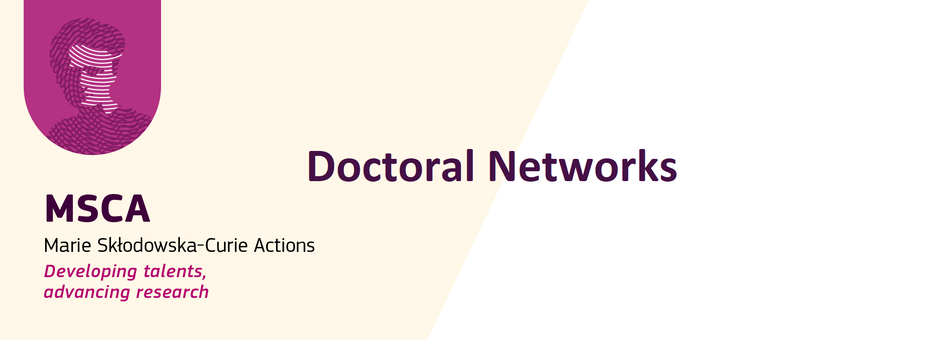Expected Outcome:
Photovoltaic power generation is pivotal in the transition to a clean energy system and the achievement of the zero-emissions target. To that end, it is important to enhance affordability, security of supply and sustainability of PV technologies along with further efficiency improvements. Consequently, project results are expected to contribute to all of the following outcomes:
- Increase the efficiency and stability and minimise the environmental impact of Perovskite PV.
- Enlarge with bandgap tuneable perovskites and corresponding device architectures the integration and application possibilities of PV technology.
- Increase the potential for commercialisation of perovskite PV, creating a competitive technological know-how for the European PV industrial base.
Scope:
Perovskite PV are welcomed as an emerging technology for solar energy conversion, as today they afford high power conversion efficiency (PCE), higher than 25%. At the same time, perovskite semiconductors are based on abundant and low-cost starting materials and can be processed using simple and economic methods. The tuneable bandgap of the perovskite materials opens a lot of applications in a wide range of optoelectronic devices, even beyond solar cells. To ensure however economic feasibility and competitive levelized cost of electricity, the technology should offer long-term stability alongside high power conversion efficiency to match the reliability of silicon-wafer-based modules (the lifetime expectation for a PV module in a power plant is 20–25 years). At present, the long-term stability of lead halide perovskite modules does not meet this target and improvements are hampered by a lack of understanding of the cell and module failure modes. In addition to the intrinsic cell stability issues of perovskite PV, the usage of lead and scaling-up are the main challenges towards bringing perovskite technologies to the market.
The proposal should address all of the following:
- Research and resolve the degradation issues/mechanisms encountered from material to module and produce stable and highly efficient perovskite PV architectures/modules by optimizing the constituent materials, the architecture of the cell, the interfaces, the interconnections between cells, the environment conditions during the fabrication steps of cells and modules, the encapsulation of cells and modules, etc.
- Propose new device concepts and new materials (improved lead-halide perovskites or Pb-free perovskite analogues) to deal with any toxicity issues.
- Ensure compliance with the relevant protocols (ISOS) at laboratory scale.
- Develop adequate stability assessment methods/measurements; propose and perform device/module real –life (under actual outdoor operating conditions) characterisation for reliability and energy yield assessment.
- Identify environmental “hotspots” and how to address them. Perform a life cycle analysis (including decommissioning and disposal) to bring evidence of the low environmental impact, better resource efficiency than current commercial PV technologies, and circularity potential.





